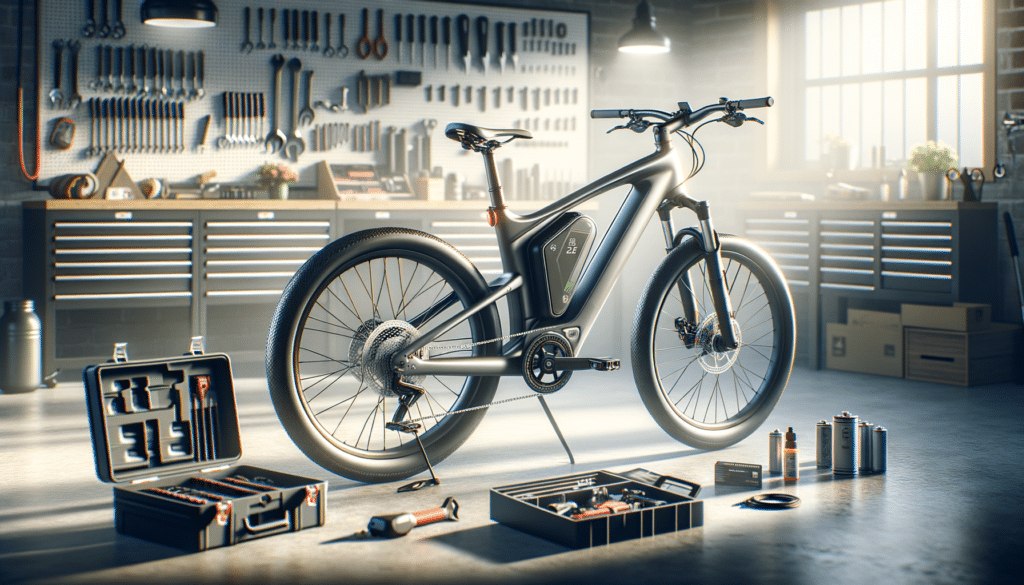Used Ebike Inspection Tips
When considering a used ebike, a thorough inspection is crucial to ensure you’re getting a reliable ride. Start by examining the frame for any visible signs of damage or wear. Look for cracks, dents, or rust, especially around the joints and welds, as these can indicate structural weaknesses. The tires should be checked for tread wear and any punctures. It’s essential to spin the wheels to see if they are true and free from wobbles.
Next, inspect the brakes and gears. Squeeze the brake levers to ensure they engage smoothly and effectively. The cables should not be frayed, and the brake pads should have enough material left for safe stopping. For the gears, shift through each one to confirm they change smoothly without skipping or sticking.
The electrical components are a significant aspect of an ebike. Check the battery for any signs of swelling or leakage, which could indicate a need for replacement. Turn on the bike to see if the display panel lights up and functions as expected. Additionally, test the motor by taking the bike for a short ride to ensure it provides consistent power without unusual noises or vibrations.
Finally, ask the seller for any maintenance records or receipts that can provide insight into the ebike’s history. Knowing if the bike has been regularly serviced or if any parts have been replaced can help you gauge its overall condition and longevity.
Buying a Used Electric Bicycle
Purchasing a used electric bicycle can be a cost-effective way to enjoy the benefits of ebiking without the price tag of a new model. However, it’s important to approach the purchase with a checklist to ensure you’re making a wise investment. Begin by setting a budget that accounts for potential additional costs, such as replacing parts or servicing the bike after purchase.
Research the specific model you’re interested in to understand its original specifications and common issues. This knowledge will help you assess the bike’s current condition and whether it’s priced fairly. Websites, forums, and reviews are excellent resources for gathering this information.
When meeting the seller, prepare a list of questions about the bike’s history, including its age, usage, and any past repairs. Ask about the reason for selling and whether the bike has been involved in any accidents. A trustworthy seller should be transparent and willing to provide honest answers.
During the test ride, pay attention to the bike’s handling, comfort, and performance. Make sure the bike suits your riding style and needs. If possible, bring along a knowledgeable friend or a professional mechanic to help evaluate the bike’s condition.
Finally, review the legal aspects of the purchase. Ensure the seller provides a receipt and any necessary paperwork, such as the original purchase invoice or registration documents. This step is crucial to avoid any legal complications or disputes over ownership.
Ebike Battery Lifespan
The lifespan of an ebike battery is a critical factor to consider when purchasing a used electric bicycle. Typically, lithium-ion batteries, which are commonly used in ebikes, have a lifespan of 500 to 1000 charge cycles. This translates to approximately 3 to 5 years of regular use, depending on how often and how far you ride.
Several factors can affect battery longevity. Charging habits play a significant role; it’s recommended to avoid letting the battery completely drain before recharging. Instead, maintain a charge level between 20% and 80% to prolong its life. Additionally, storing the battery in a cool, dry place can prevent degradation caused by extreme temperatures.
When inspecting a used ebike, ask the seller about the battery’s age and usage patterns. If possible, request documentation of the battery’s purchase date or any replacements. A battery that has been well-maintained and used correctly will offer more reliable performance.
Testing the battery involves checking its charge capacity and how well it holds a charge. During a test ride, observe how quickly the battery drains and whether it delivers consistent power. A battery that depletes rapidly or fails to provide adequate power may need replacing, which can be a costly investment.
Understanding the battery’s condition is crucial, as it directly impacts the bike’s range and overall usability. A well-functioning battery ensures you can enjoy longer rides without frequent recharges, making your ebike experience more enjoyable and practical.


